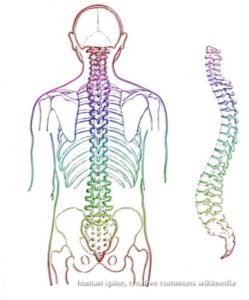
One part of the body of particular interest in yogasana practice is the spine. To understand why a healthy spine is crucial to our health, it is important to know a little about the structure of our bodies, of the spine, and the movements the spine can make.
Our head houses our brain which is crucial in controlling almost all the voluntary and involuntary processes in our bodies. The brain is connected to the spinal cord which is connected to the rest of the nerves throughout the body. The brain, spinal cord, and peripheral nerves are soft and easily injured. Therefore the body has a mechanism to protect the nervous system – the skeleton. The brain is protected by the skull, which sits on top of the neck or cervical spine. The spinal cord is protected within the bony spinal vertebrae.
The spinal column is made up of vertebrae stacked on top of one another with softer cartilage between the vertebrae. This combination of hard and soft tissue gives maximum protection of the spinal cord while allowing for flexibility and range of movement. Ligaments hold the vertebrae together on all sides of the spine.
Together the vertebrae, cartilage, and ligaments make the spine self-supporting. If you were to remove all the muscles and tendons surrounding the spine, it would not collapse but remain in a neutral position. Furthermore any muscular or other forceful actions that move the spine away from a neutral position require energy. When the muscles are relaxed the spine naturally moves back to a neutral position.
The neutral position of the spine changes as we age, but once we are teenagers our spines have the general adult structure with primary and secondary curves. There are two primary forward curves of the spine at the sacral and thoracic regions. The two secondary backward spinal curves are at the lumbar and cervical regions.
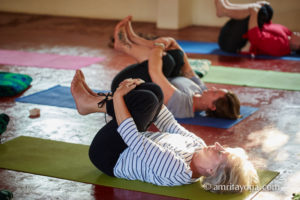 |
 |
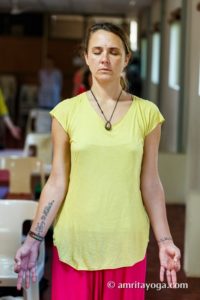 |
|
Child’s pose |
Warrior Pose |
Mountain Pose |
There are four types of common spinal movements, extension, flexion, lateral flexion (side bending), and axial rotation (twisting). Flexion is a spinal movement that emphasizes the primary curves. A gentle pose that demonstrates flexion is Child’s pose. Extension of the spine is any movement that emphasizes the secondary spinal curves, like in the lumbar region. An example is the Warrior I or extended Warrior I pose.
Lateral flexion is side bending of the spine in either direction which extends the distance between the vertebrae on one side. Head tilts to each shoulder create lateral flexion in the cervical vertebrae. Axial rotation is twisting the vertebrae relative to each other. Actions such as turning our heads to the sides only rotates the cervical spine. Yoga poses such as supine twists are axial rotation for the entire spine.
There is one final action of the spine we do not commonly do, axial extension. Instead of accentuating one curve of the spine or another, we straighten all the curves of the spine and lengthen the back. One yoga posture in which we actively practice axial extension is Mountain posture.
The movement of the spine is intrinsically connected to our breathing. No matter how you are sitting, take a few deep breaths and note the subtle movements of the spine. On the inhale you are decreasing the primary curve and enhancing the secondary curve of the spine: extension. On the exhale the primary curve is increasing while the secondary curve of the spine is decreasing: flexion.
Amrita Yoga programs and trainings emphasize healthy spinal motions, naturally supporting physical, emotional, mental and spiritual flourishing.
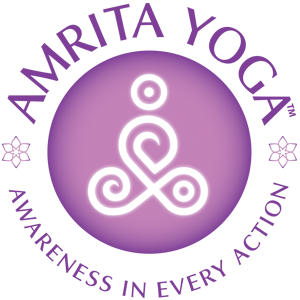
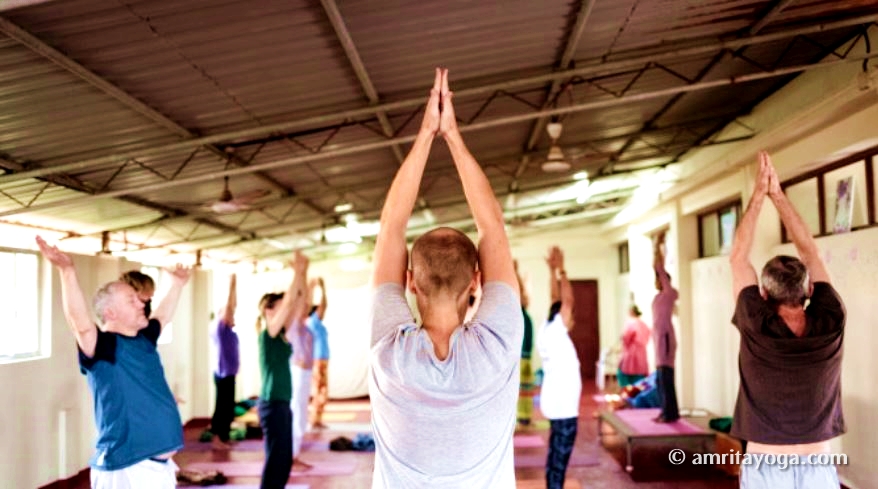

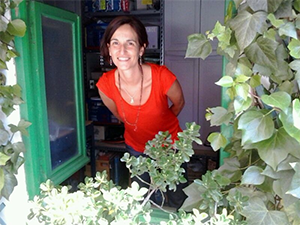
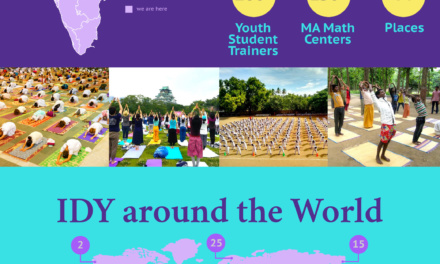
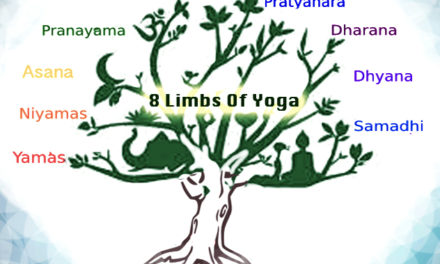
Great website! It looks very professional! Maintain the great job!